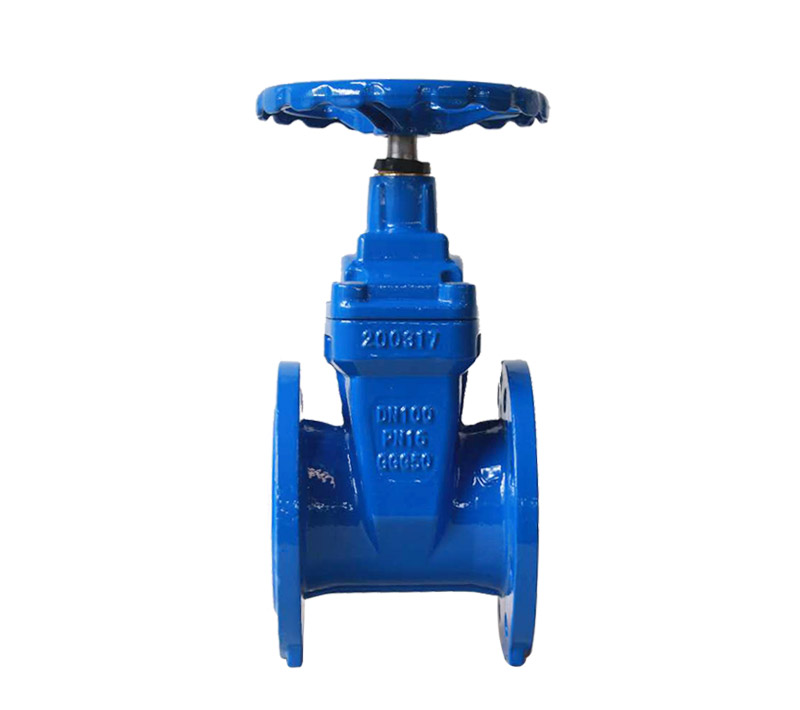The opening and closing part of the gate valve is a gate plate. The movement direction of the gate plate is perpendicular to the direction of the fluid. The gate valve can only be fully opened and fully closed. Gate valve manufacturers share with you.
The gate has two sealing surfaces. The two sealing surfaces of the most commonly used mode gate valve form a wedge shape. The wedge angle varies with the valve parameters, usually 50, and 2°52′ when the medium temperature is not high. The gate of the wedge gate valve can be made into a whole, called a rigid gate; it can also be made into a gate that can produce a small amount of deformation to improve its manufacturability and make up for the deviation of the sealing surface angle during processing. The board is called an elastic shutter.

When the gate valve is closed, the sealing surface can only rely on the medium pressure to seal, that is, relying on the medium pressure to press the sealing surface of the gate plate to the valve seat on the other side to ensure the sealing surface, which is self-sealing. Most gate valves are forced to seal, that is, when the valve is closed, it must rely on external force to force the gate to the valve seat to ensure the sealing of the sealing surface.
When the valve is opened, when the lifting height of the gate is equal to 1:1 times the valve diameter, the fluid channel is completely clear, but during operation, this position cannot be monitored. In actual use, the apex of the valve stem is used as a mark, that is, the position where it cannot be moved, as its fully open position. In order to consider the phenomenon of temperature lock-up, it is usually opened to the apex position and then reminded 1/2 to 1 circle as the position of the fully open valve. Therefore, the fully open position of the valve is determined according to the position of the gate (ie, stroke).
The gate of the gate valve moves linearly with the valve stem, which is called the lift rod gate valve (also called the open rod gate valve). There is usually a trapezoidal thread on the lifting rod. The nut moves from the top of the valve and the guide groove on the valve body to change the rotary motion into linear motion, that is, the operating torque into the operating thrust.
In some gate valves, the stem nut is set on the gate, and the rotation of the handwheel drives the stem to rotate, and the gate is lifted. This valve is called a rotary rod gate valve or a non-rising stem gate valve.
Previous: Do you know the Type of Rail Rubber Pad?
Next: DN 15-800mm Oil And Gas Welded Ball Valve Full Welded Ball Valve company China Best Ball Valve Price
Copyright:@2020-2021
Comments Please sign in or sign up to post.
0
0 of 500 characters used